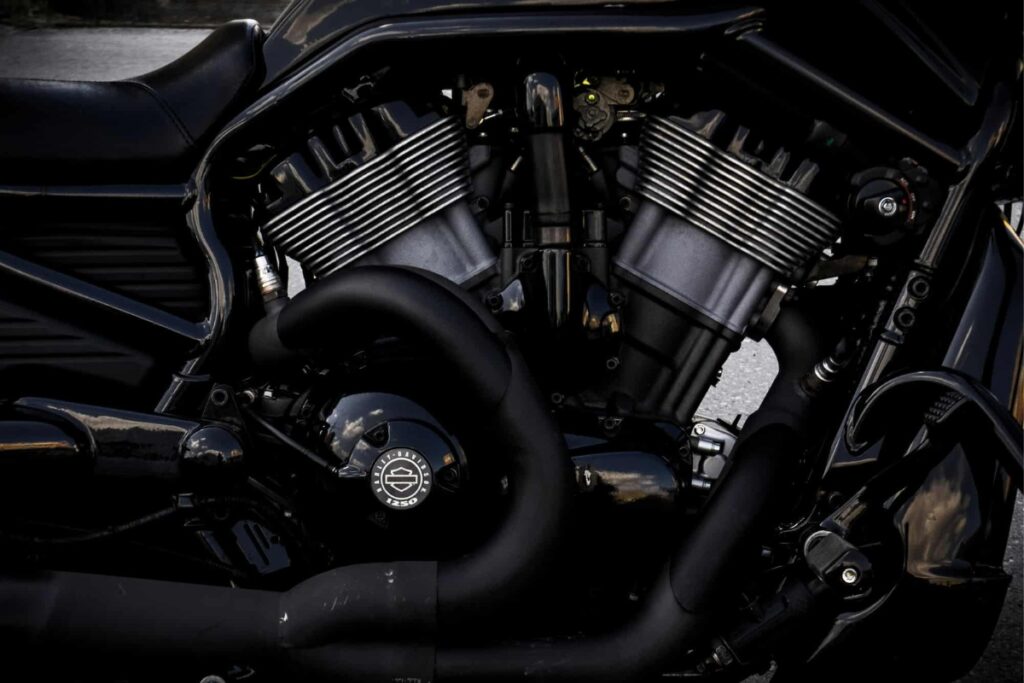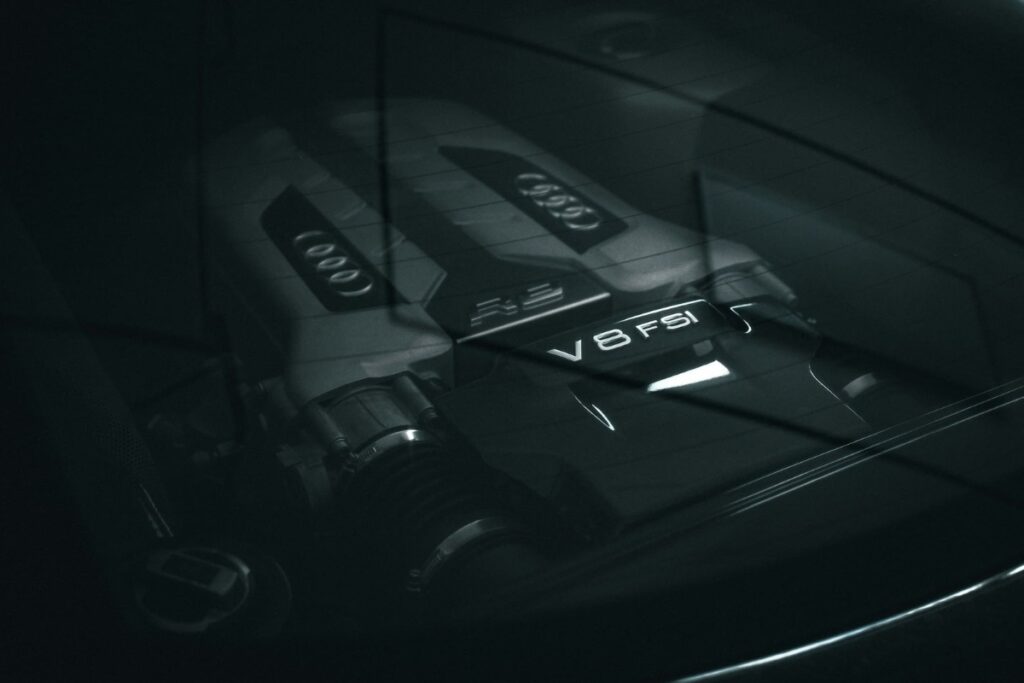Traditional car engines are becoming increasingly powerful and efficient, even though they’re not all the same. That’s why you should know the differences between engines. Find out the existing types, their names, and power ratings.

Car Engines: How to Tell Them Apart in 4 Details
It’s true that diesel and gasoline continue to rule the combustion engine market. But there are more differences between the various car engines — essential for every car to function.
This component, which calls for (even) closer protection, converts the fuel’s chemical energy into a mechanical one. Meanwhile, fuel and air are burned to create the pressure the car needs to run.
But that’s not the only detail that distinguishes them.
1. Combustion Engines: 2 or 4 Stroke
Are all combustion engines the same? No, not at all.
2-stroke engines complete a combustion cycle in 2 piston stages (down and up) — creating higher power, with more polluting emissions. This is also why more environmentally friendly alternatives like hydrogen cars are emerging.
In turn, 4-stroke engines complete a combustion cycle in 4 piston stages:
- Intake: a mixture of air and fuel
- Compression: in the combustion chamber
- Combustion: ignition of the compressed gases
- Exhaust: expulsion of gases into the atmosphere
2. The Cylinders Layout
You can also distinguish car engines by their cylinder layout:
- In-line layout: the engine cylinders are aligned in a straight line. They take up less space and are very common in smaller cars.
- Vertical layout: the engine cylinders are arranged vertically, and you can see the formation of a “V.” This type of engine has several versions (depending on the number of cylinders), from the V6 to the V12.
- “W” layout: identical to the previous one but duplicated, with a “W” layout. The performance and power are very high, although the space is quite compact.

3. The Types of Engine Cylinder Capacity
In addition to the layout of cylinders in car engines, you should also distinguish them by the type of cylinder capacity. The designations you so often hear — from V6 to V12 (also related to the turbo) — are named after the configuration and number of cylinders.
Each version has its own configuration:
- V6: 6 cylinders arranged in 2 rows, with 3 cylinders each. You find this engine in the Ford Mustang and Chevrolet Camaro, for example.
- V8: 2 rows of 4 cylinders. You can see this engine in the Audi RS5 and BMW M5.
- V10: 2 rows of 5 cylinders. You can see these in Formula 1 cars or in models such as the Audi R8 or Porsche Carrera GT.
- V12: the most powerful type of engine, with 2 rows of 6 cylinders. You find this engine in the Bentley Continental GT.
4. Volume Differences
You can also distinguish car engines by volume (in number of liters).
The volume refers to the total displacement capacity of the engine’s cylinders. This classification determines the engine’s power and efficiency, as well as influencing factors such as taxes and emissions regulations.
You find engines with smaller volumes, such as 1.0 or 1.4 liters, in more compact and cheaper cars. On the other hand, 1.6-liter engines are slightly more expensive and have more cylinders. As a result, they reach higher speeds and also use more fuel — regardless of being automatic or manual cars.
High-powered cars, or sports cars, use 1.8 or 2.0-liter engines. They reach higher speeds and consume even more fuel.
Now that there’s no doubt about the main differences between car engines, consider what you value most in an engine and how much you want to spend, never forgetting the importance of regular car maintenance.

